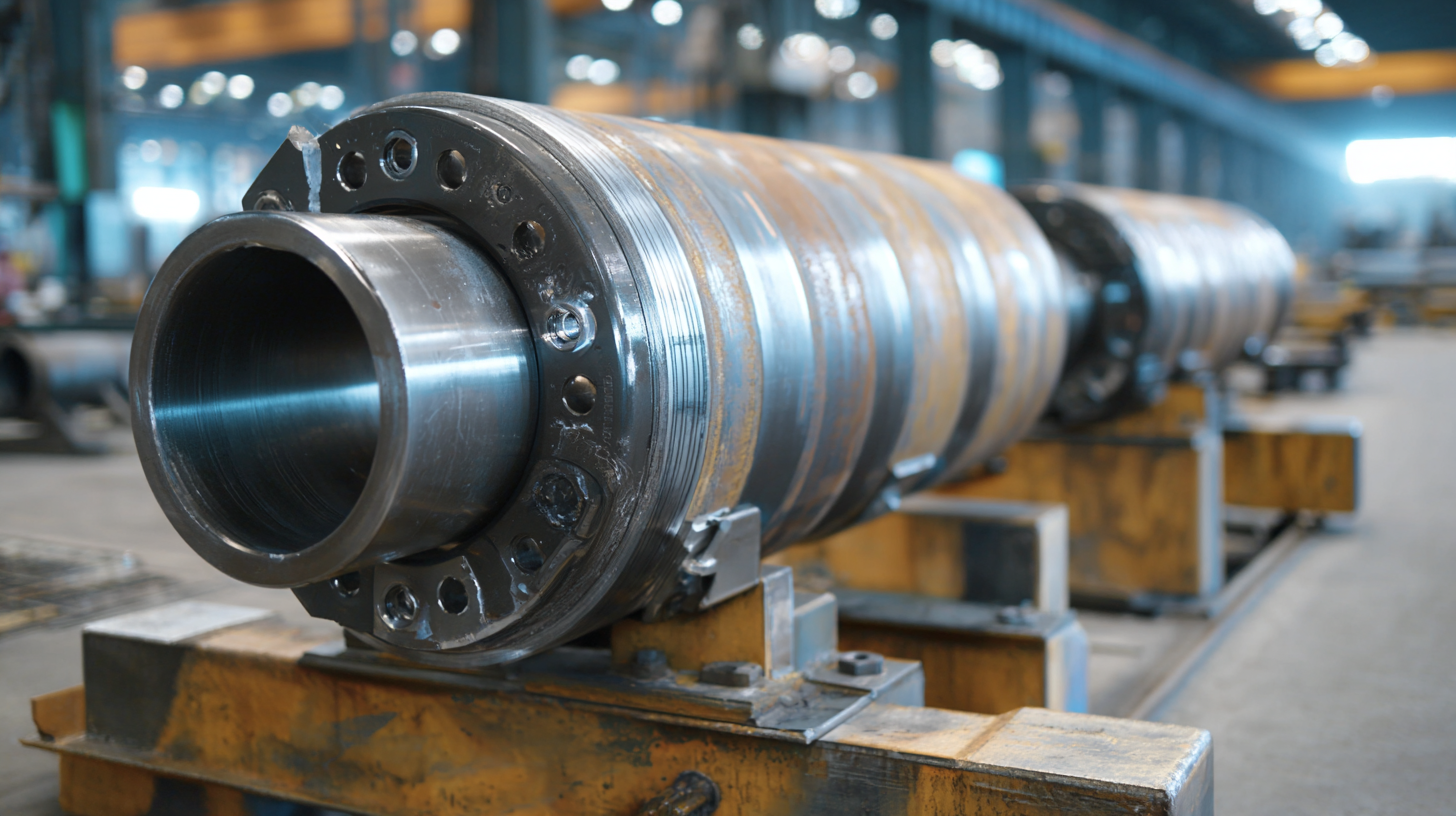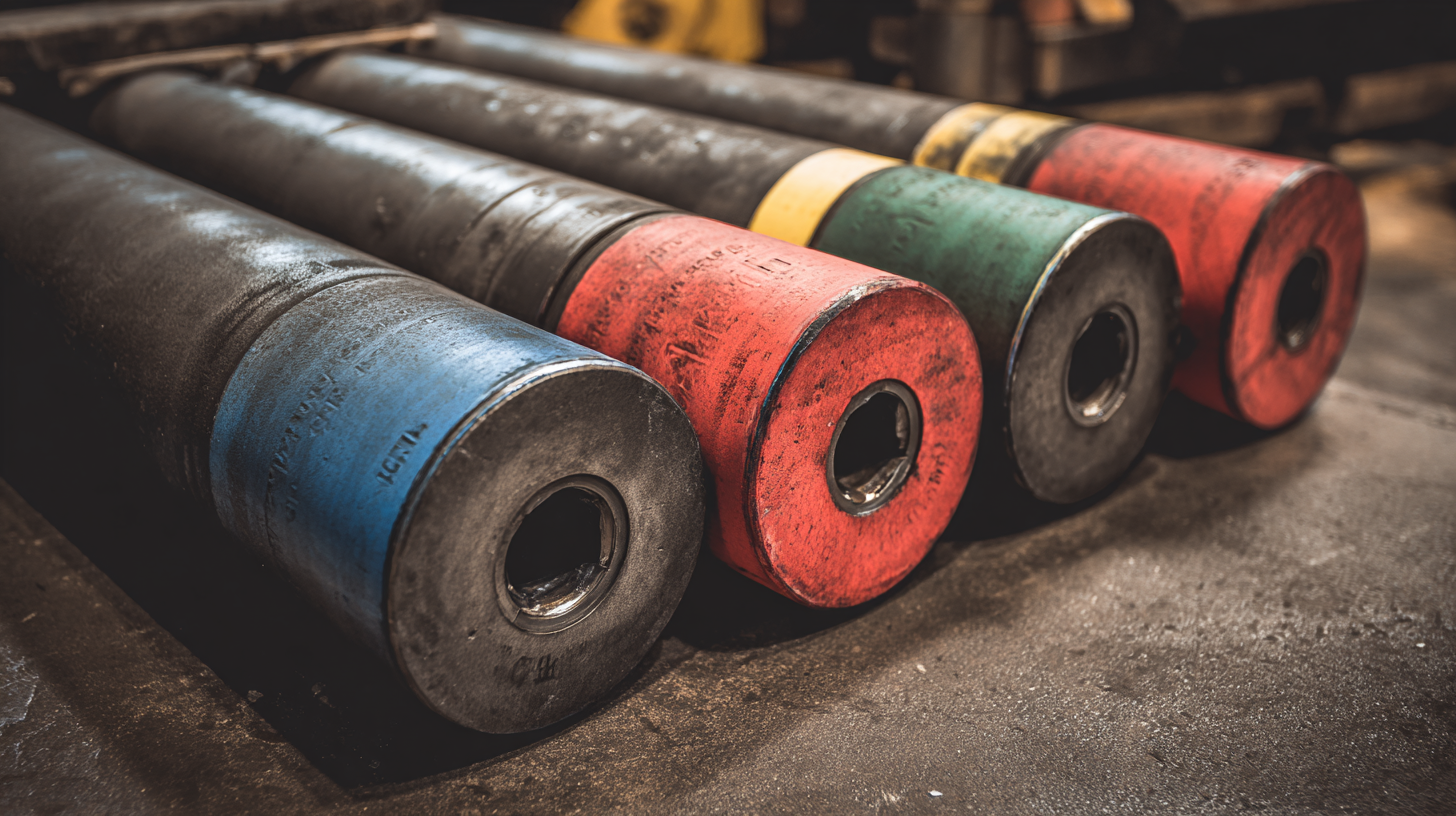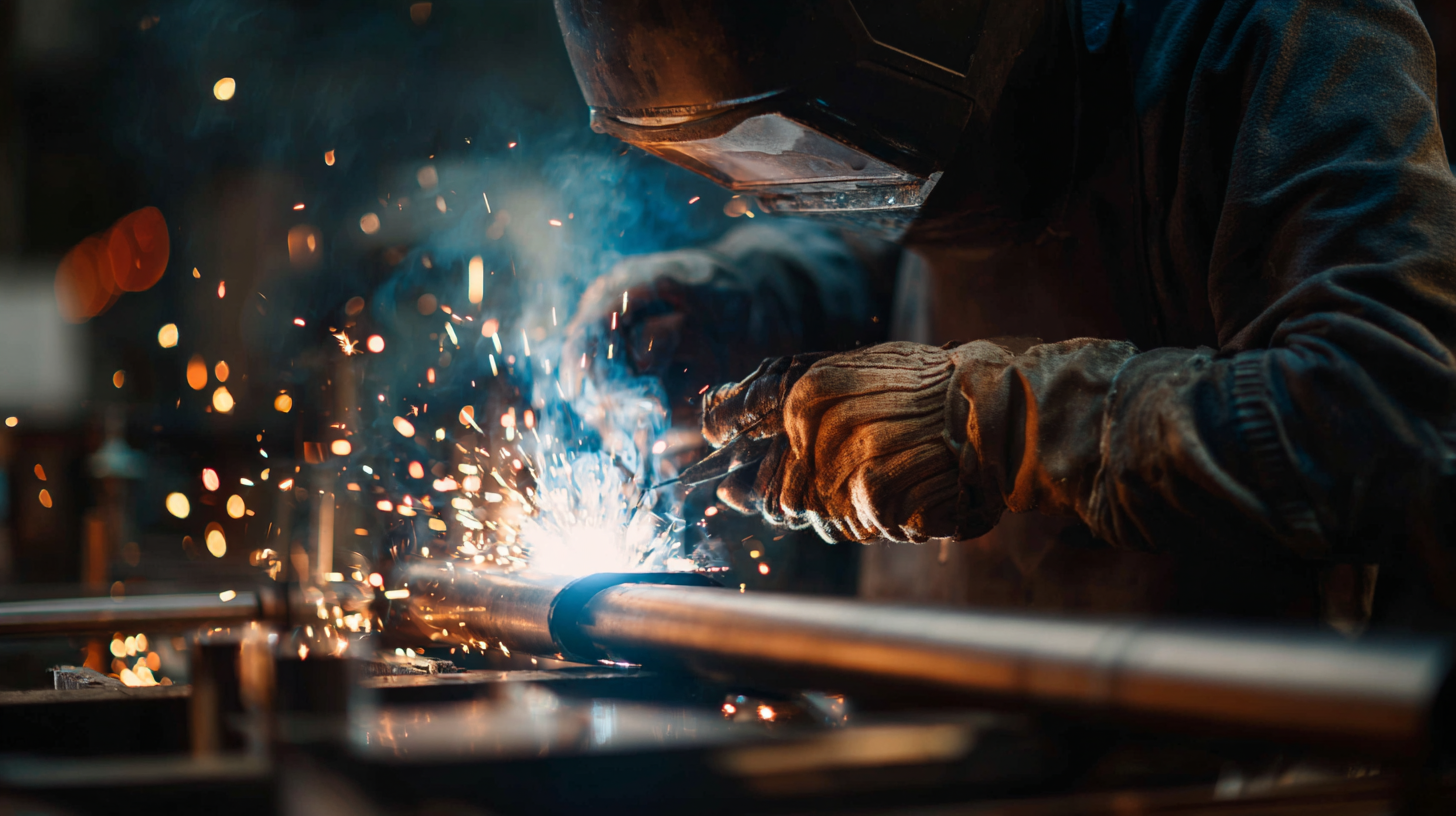In the welding industry, the efficiency and quality of pipe welding operations greatly depend on the selection of appropriate tools, particularly pipe rollers for welding. According to a report by the American Welding Society, around 40% of welding professionals cite improper material handling as a significant barrier to productivity. The right pipe rollers not only enhance the maneuverability of heavy pipes but also ensure better alignment and stability during the welding process, ultimately leading to superior weld quality. Moreover, a study by Industry Week indicates that using specialized equipment like pipe rollers can reduce welding time by up to 30%, affirming their pivotal role in professional settings.

This essential guide will provide invaluable tips and tricks for selecting the ideal pipe rollers for welding, empowering professionals to optimize their workflow and achieve outstanding results.
When it comes to welding applications, selecting the appropriate pipe rollers is crucial for achieving precision and efficiency. There are primarily three types of pipe rollers: stationary rollers, adjustable rollers, and powered rollers. Stationary rollers are ideal for lighter materials and offer a stable foundation for welding, making them a popular choice among professionals in smaller workshops. According to a report by the American Welding Society (AWS), over 40% of small workshops prefer stationary rollers due to their cost-effectiveness and simplicity.
 Adjustable rollers provide versatility, allowing welders to work with various pipe diameters without needing multiple setups.
They can be easily modified for different tasks, which is particularly beneficial for projects that involve multiple pipe dimensions.
The AWS report also highlights that adjustable rollers are favored in mid-sized operations, where flexibility can significantly enhance productivity levels by up to 30%.
Adjustable rollers provide versatility, allowing welders to work with various pipe diameters without needing multiple setups.
They can be easily modified for different tasks, which is particularly beneficial for projects that involve multiple pipe dimensions.
The AWS report also highlights that adjustable rollers are favored in mid-sized operations, where flexibility can significantly enhance productivity levels by up to 30%.
Powered rollers, on the other hand, are tailored for large-scale manufacturing where speed and consistency are paramount. Such rollers are often used in industrial settings to facilitate long and heavy pipe joints, significantly reducing manual labor requirements. Industry data indicates that the use of powered rollers can improve welding speeds by nearly 50%, validating their investments for high-volume operations. Understanding the specific applications and benefits of each type of pipe roller is essential for professionals aiming to optimize their welding processes.
When selecting pipe rollers for your welding projects, several key factors need careful consideration to ensure efficiency and safety. First and foremost, the size and weight capacity of the rollers should align with the dimensions of the pipes being welded. It’s crucial to assess the maximum weight the rollers can handle to prevent accidents and equipment damage during the welding process. Additionally, the diameter of the rollers should accommodate the specific pipe size, allowing for steady rotation and support throughout the welding operation.
Another important aspect is the material and construction of the pipe rollers. Opting for durable materials, such as steel or heavy-duty polymer, can significantly enhance the longevity and performance of the equipment. Furthermore, consider the design features; rollers with adjustable height or a swivel base can provide greater versatility and ease of use in various welding scenarios. Lastly, evaluate the manufacturer’s reputation and warranty options, as these can indicate the quality and reliability of the pipe rollers in demanding work environments. By keeping these factors in mind, professionals can make informed choices that lead to successful welding projects.
| Feature | Importance | Recommended Specifications | Usage Scenario |
|---|---|---|---|
| Load Capacity | High | Minimum 300 lbs | Heavy-duty welding projects |
| Roller Material | Medium | Steel or Polyurethane | Varied metal types |
| Adjustability | High | Height-adjustable | Different pipe sizes |
| Portability | Medium | Lightweight design | On-site welding |
| Cost | Medium | Budget-friendly | Small-scale projects |
When selecting the right pipe rollers for welding, evaluating material quality and durability is paramount. The materials used in the construction of pipe rollers significantly affect their performance and longevity. High-quality metals such as steel provide superior strength and robustness, making them ideal for heavy-duty applications. Additionally, the presence of protective coatings can enhance resistance to corrosion, extending the lifespan of the equipment even in harsh environments.
Durability extends beyond just the material; design and craftsmanship play crucial roles as well. Look for pipe rollers that feature sturdy welds and reinforced joints, as these will likely withstand the rigors of repetitive use. Moreover, the roller surface should provide adequate traction to minimize slippage while facilitating smooth movement of the pipe. By focusing on these factors, professionals can select pipe rollers that not only meet their immediate welding needs but also serve reliably over time, improving overall efficiency in their work processes.
Maintaining and extending the life of your pipe rollers is crucial for ensuring smooth and efficient welding projects. Regular inspection is a fundamental practice; look for signs of wear, rust, or damage that could interfere with their performance. Clean the rollers after each use to remove any debris, weld spatter, or contaminants that can accumulate and lead to deterioration. Using a soft cloth and appropriate cleaning solutions can help preserve the integrity of the rollers' surface.
Lubrication plays a significant role in keeping pipe rollers in optimal condition. Applying a suitable lubricant reduces friction and prevents overheating during operation. It’s important to follow the manufacturer's recommendations regarding the type of lubricant to use and the frequency of application. Additionally, storing the rollers in a dry, temperature-controlled environment when not in use can prevent moisture-related damage and rust formation.
By adopting these maintenance practices, professionals can significantly prolong the life of their pipe rollers and enhance overall productivity in their welding tasks.
When utilizing pipe rollers in welding tasks, understanding best practices is crucial for ensuring safety and efficiency. First and foremost, it's essential to inspect the rollers before use. Check for any signs of wear and tear, such as cracks or misalignments, as these can significantly affect stability during the welding process. Properly adjusting the height and angle of the rollers according to the pipe's diameter will facilitate a smoother workflow, allowing for better access and visibility to the weld joint.

Another key practice involves securing the pipe correctly. Using straps or clamps to hold the pipe in place can prevent any unwanted movement during welding, which could lead to defects in the weld. Additionally, regularly cleaning the rollers will ensure they function smoothly and reduce the risk of contamination on the weld surface. Finally, training team members on the proper use of pipe rollers reinforces safety measures and promotes a culture of diligence, ensuring that every welding project is executed with precision and care.
Contact Us
Pemamek Ltd